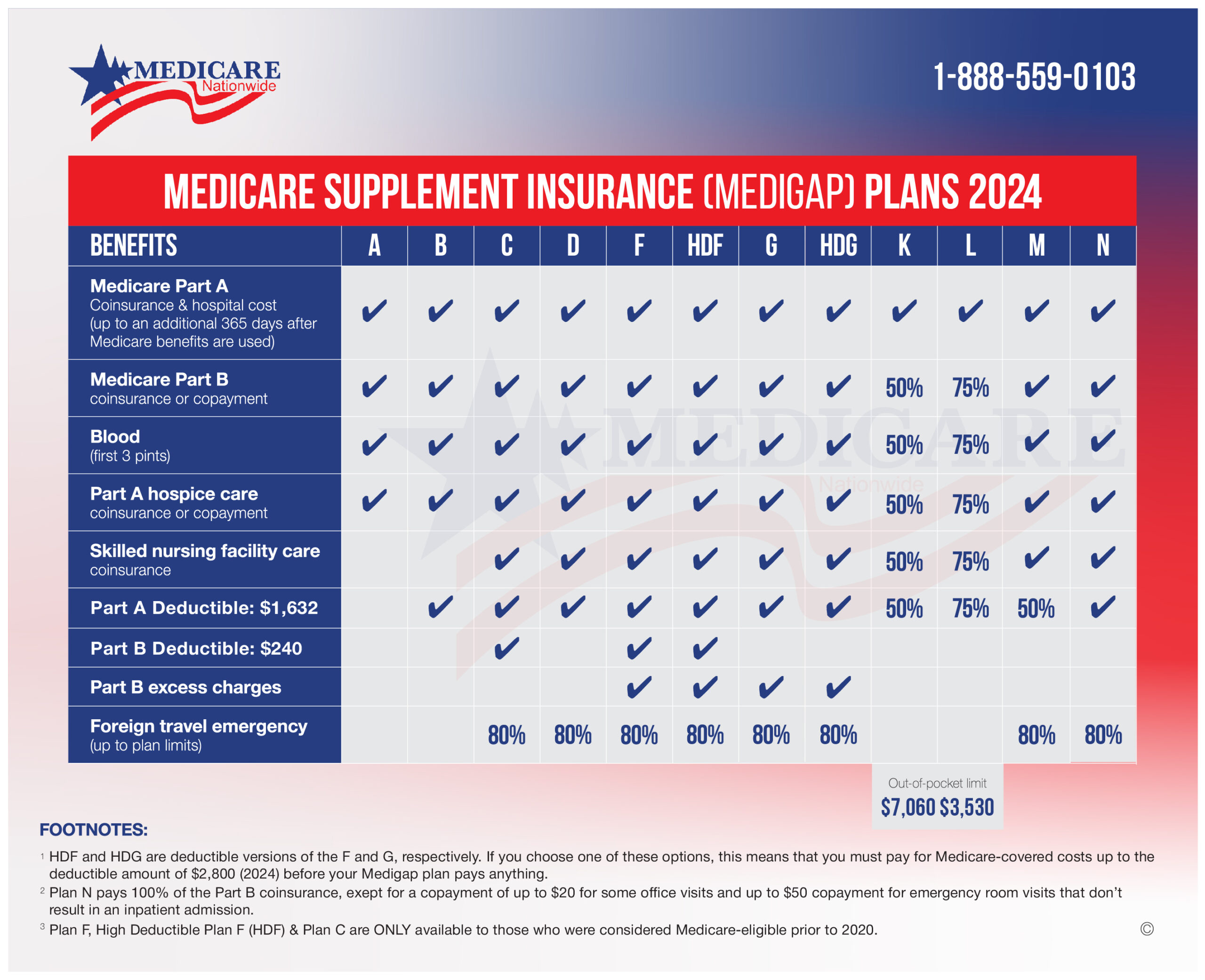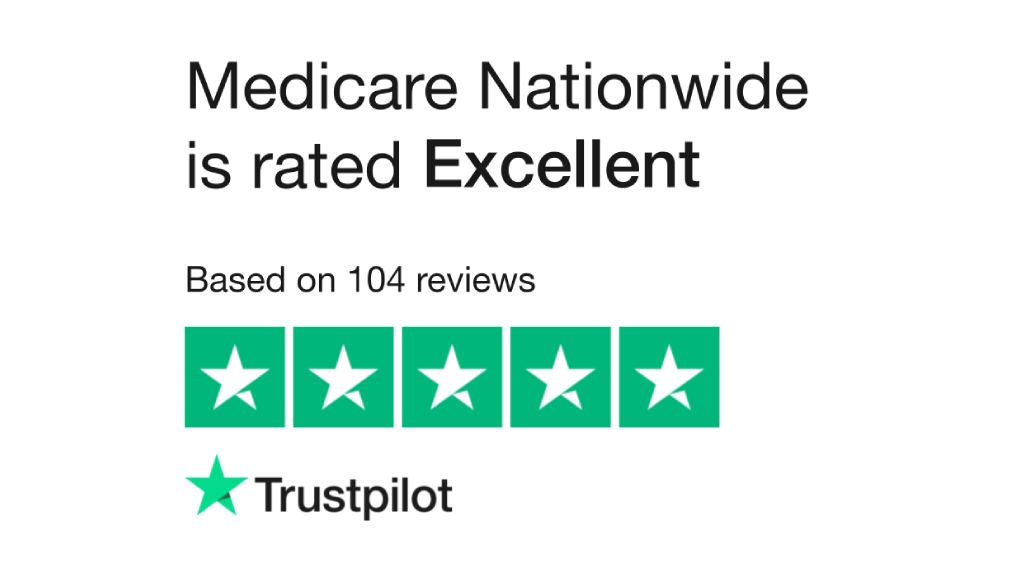What is Medicare For All?
Medicare For All is not original with Sen. Bernie Sanders. Yet, he has popularized the term because of his raving fans and platform to propel this term into the American lexicon. The use of Medicare for All can find its roots during the presidency of Bill Clinton. Clinton appointed then First Lady Hillary Clinton to head up a commission to overall the American healthcare system. The health care reforms failed but taught politicians many powerful lessons on how to communicate health changes to the American people.
The phrase Medicare For All first appeared in 2003 through a bill introduced by Rep. John Conyers Jr. of Michigan. In 2006, the late Sen. Edward Kennedy used the term when he introduced the “Medicare For All Act.”
In reality, Medicare For All is what has been called a single-payer system. A single-payer system is a healthcare system where the government reimburses doctors and hospitals at a set rate. Many of the world’s developed countries from France to Israel to Canada, have a similar system. A Kennedy staffer came up with the idea of using the term Medicare For All rather than single payer because it carries so many negative connotations for the American people. Experts agree this was a smart move.
“When you say Medicare-for-all, there are eight different flavors,” with each dependent on each presidential candidate’s platform, said John McDonough, a professor at Harvard’s T.H. Chan School of Public Health who was instrumental in both Massachusetts’ universal health care plan and the Affordable Care Act. “It’s an advertising slogan; it’s not a scientific concept.”
The move worked. The Kaiser Family Foundation found that about 75% of the country supports expanding public health insurance programs. This includes allowing those 55 to 64 to buy Medicare. They found that 63% of surveyors responded positively to the term “Medicare For All”, but those feelings dropped to 49% when the term “single-payer system” was used.
Enacting Sanders’ plan would create major changes for the more than 60 million Medicare subscribers, but Sanders’ plan wasn’t the only plan. Because Medicare does not cover a significant portion of out-of-pocket expenses, many subscribers today will purchase Medicare Advantage plans or Medicare Supplement policies to cover those expenses. Under Medicare For All, seniors like all Americans would be enrolled in the new plan changing many of the rules they currently know and work with today.
The most recent evolution of Medicare for All was introduced in March of 2021 by Congresswoman Pramila Jayapal, D -Washington. Sanders’ and Jayapal’s proposals share many similarities as summarized by the Kaiser Family Foundation.
These benefits are:
- comprehensive benefits
- lifetime enrollment
- no premiums
- tax financed
- a replacement for all private health insurance, as well as the current Medicare program
- all state-licensed, certified providers who meet eligibility standards can apply
Jayapal’s legislation guarantees health care as a human right by covering primary care, vision, dental, prescription drugs, mental health, long-term services, and supports, reproductive health care, and more with no copays, private insurance premiums, deductibles, or other cost-sharing.
For more details, you can view the full text of the Medicare for All legislation.
This appointment is meant to alleviate any concerns and there is no-cost or obligation to make a change.
What is covered under Medicare for all?
Jayapal’s plan isn’t the only proposed plan. In fact, it is only one of many plans. However, the plans can be summarized into four basic programs.
Single Payer
Jayapal and Sander’s plans fall under this category. This is a single-payer system that will be run by the federal government and expanded to all Americans, not just current Medicare subscribers.
Expanded Medicare
Other politicians such as Debbie Stabenow (D-Michigan) introduced Medicare at 50 proposals. Others have proposed similar options with different age triggers and funding options.
The State Public Option Act
This proposal allows people who aren’t currently eligible for Medicaid to buy into a state Medicaid program through the Affordable Care act. The idea behind this proposal would be to cover people who currently do not have health insurance. Anyone qualifying for this program would pay lower cost-sharing amounts and also receive a premium subsidy.
The Choice Act
This plan would build on top of the Affordable Care Act and add a public health insurance option. The purpose is to make health insurance available to those where there are few healthcare providers or health insurance plans available. The choice act relies on private health insurance companies administering the program with the intention to increase competition and reduce consumer costs.
Despite the 4 proposed plans, the Medicare For All proposal seems to have the most motivation behind it. That doesn’t mean every element of the national legislation will pass. Like every proposed bill, negotiating and editing usually occur before a bill becomes law.

Because legislation can be long and difficult to summarize, online writer, Lobotero, has done an excellent job summarizing the coverages proposed in the Medicare For All package.
(1) Hospital services, including inpatient and outpatient hospital care, including 24-hour-a-day emergency services and inpatient prescription drugs.
(2) Ambulatory patient services.
(3) Primary and preventive services, including chronic disease management.
(4) Prescription drugs and medical devices, including outpatient prescription drugs, medical de- vices, and biological products.
(5) Mental health and substance use treatment services, including inpatient care.
(6) Laboratory and diagnostic services.
(7) Comprehensive reproductive, maternity, and newborn care.
(8) Dentistry/Oral health, audiology, and vision/ophthalmology services.
(9) Rehabilitative and habilitative services and devices.
(10) Emergency services and transportation.
(11) Early and periodic screening, diagnostic, and treatment services.
(12) Necessary transportation to receive health care services for persons with disabilities, older individuals with functional limitations, or low-income individuals (as determined by the Secretary).
(14) Hospice care.
(15) Services provided by a licensed marriage and family therapist or a licensed mental health counselor. (In addition to psychiatrists, licensed clinical psychologists, licensed clinical social workers, psychiatric nurses.)
In this bill, copayments and deductibles normally paid will be eliminated. There will no longer be an 80/20 split between provider and recipient because traditional Medicare coverage will be eliminated.
Do you have to pay for Medicare for All?
Under the proposed Medicare For All plan, you would have no direct out-of-pocket costs for the program. This doesn’t mean that there would not be any costs to the program. You only wouldn’t feel it directly. Someone will have to pay this program, and will most likely come via individual or business tax proposals.
There are a wide variety of solutions to how to pay for Medicare For All. The Mercatus Center at George Mason University has proposed the potential costs and steps the government could implement to pay for the program. They estimate the program would cost $32.6 Trillion dollars from 2022-2031.
Medicare for All would be paid for by:
- 7.5% income-based premium from employers
- 4% income-based premium from households
- The progressive income tax rate
The marginal income tax rates would become:
- 52% on incomes above $10 million
- 50% between $2 million and $10 million
- 45% on income between $500,000 and $2 million
- 40% between $250,000 and $500,000
Other experts estimate the national program could cost from $20.5 – $39 Trillion over 10 years.
Ultimately, what all of us want to know is whether it would raise our taxes.
The answer is yes, depending on your income level. As you saw in the potential solution above, tax increases would not increase until your income reaches $250K.
Sanders in his plan proposes several options:
- 4% Tax on Employees (exempting the first $29K for a family of four)
- 7.5% tax on Employers (exempting the first $2M in payroll)
- $10M + Income Tax (including estate taxes)
Elizabeth Warren & Kamala Harris proposed other methods:
- Employer Tax
- Billionaire Tax
- Capital Gains Tax Increase
- Increase Income Tax for $100K+
Many proponents of the plan argue that Medicare for All coverage would lower overall healthcare costs. According to Forbes, there are 16 non-doctors for every doctor working in the healthcare system. Only 6 of those 16 are involved in direct patient care. The other 10 provide administrative support so providers can get paid.
People who struggle today to pay for health care insurance and care would see costs eliminated and not tacked onto their pocketbooks via taxes. What is unknown is whether it would reduce the country’s overall spending on health care.
How Does Medicare For All Work?
If Medicare for All was implemented, what would that look like for the average American?
Look north for a preview. Canada currently uses a single-payer system to cover medical costs. They contract healthcare services through private companies.
According to the proposed legislation, the program will be implemented over a two-year period. In year one, current Medicare enrollees will be able to have expanded benefits such as dental and vision care. In year two, the program will automatically enroll everyone ages 0-18 and 55+ and will offer a Medicare transition buy-in plan.
In year three, everyone will be covered. The plan will allocate 1% of the health care budget for the first 5 years to assist with displaced insurance workers.
Pros & Cons of Medicare For All Health Insurance
On the surface, free healthcare for everyone sounds like a great idea. But like every plan, there are supporters and detractors. Each of these items is drawn from arguments from each side of the Medicare for All divide. To be objective, we will present the argument from their perspective rather than editorializing each position.
Advantages of Medicare For All Health Care
- The U.S. healthcare system fails too many people. Uninsured Americans are at a risk from premature death. Tens of thousands of Americans will die each year because of lack of healthcare access. Many patients that are even insured face financial barriers to accessing care especially preventative care. Medical bills contribute to 60 of all bankruptcies, and 75% of those who declared bankruptcy had health insurance at the time they got sick.
- Financial and resource waste in the current system. Proponents state that streamlining the payment system would free up healthcare professionals time for patient care. Today administrative costs consume 25% of spending. Estimates are given that if administrative costs could be reduced, the system could save more than $150 Billion a year.
- Insurance companies would be removed from the system. Many of those in favor of a single-payer system point to insurance companies as the root of our healthcare problem. They claim insurance companies continue to grow in profitability while stripping coverage and restricting provider networks.
- Medicare For All will save money while providing coverage for everyone. Proponents calculate savings in a single-payer system to be nearly $600 Billion per year, primarily through eliminating overhead costs and reducing drug costs.
- Patients Have Choices. In the system, patients will be able to choose their doctors and hospitals. Doctors can also choose their practice settings without being restricted by networks.
- Individual Costs are Eliminated. Items such as monthly premiums, copayments, and deductibles would be eliminated.
- Doctors Get Equal Pay. Pay for doctors would be standardized.
- Government Leverage for Lower Rates. The government would be able to bid for the lowest rates creating competition in the system.
- Medicare and Medicaid are single-payer systems. The argument here is that Americans have already embraced this system for a segment of our population, and should expand to all demographics.
- A healthier population. One argument suggests that the overall population will become healthier saving costs for more serious health conditions. One stat pointed out is that before Obamacare, 46% of ER patients were there because they had nowhere else to go raising overall healthcare costs.
- Americans Support It. Several polls indicate that over 60% of Americans support a single-payer system.
Disadvantages of Medicare For All Plan
- Doesn’t Solve Doctor Shortage. Hospitals and doctors may decide they do not want to provide care based on the price of services the government will set. Many doctors will see their income shrink forcing many to retire or go out of business. Younger people will not be attracted to the medical field.
- Drug Innovation with decrease. Pharmaceutical companies claim that much of their profits go back into research and development to create new medicines. When margins drop because of price controls, new medicines will not appear in the marketplace.
- Health Insurance Costs May Not Disappear. There will also be services that lie outside of the lines of what a government system would pay for. There will still be a need for health insurance for these catastrophic coverages, but there would be no companies available to provide such coverage.
- Requires a Tax Increase. Taxes are the only way such a program could be paid for. Taxes will increase for most of the population either directly through an income tax increase or indirectly through rising employer taxes that get passed along to employees.
- Healthcare system disruption. Restructuring the federal system not only takes on additional government spending but disrupts the current system.
- Dampen the economy. Taxes will shift to employers, employees, and high-income earning which will put a governor on innovation and growth in the economy.
- Government makes healthcare decisions. Today people complain about insurance companies making healthcare decisions. That problem won’t go away but be shifted into a government bureaucracy. Opponents point to inefficient government agencies like the postal system as an example of service.
- Ruin Healthcare quality. New treatments and techniques will not have the research funding needed for better health care as profit margins decrease for medical companies.
- Increase wait time. Opponents point to Canadian wait times as an example where countries have socialized medicine. When diagnosed 70% of Americans wait around 4 weeks to see a specialist, while only 40% of Canadians have seen a specialist in that time.
- Medicare Advantage plans will disappear. In all plans proposed for Medicare for All, Medicare Advantage would be eliminated or disappear because no providers would take the program.
- Medicare Supplements will diminish. 80% of Medicare recipients today have a Medicare Supplement plan to pay for out-of-pocket expenses. These plans would disappear but have no alternative to help people pay for out-of-pocket services.
- Seniors would be hurt. Once Original Medicare is eliminated, tax-payer costs would increase or reimbursements would fall. This would leave seniors, especially with few options to pay for services.
This appointment is meant to alleviate any concerns and there is no-cost or obligation to make a change.
Future of Medicare For All Plans
Even though there is pending legislation for a Medicare for All plan, there are multiple roadblocks to its passage. Most plans have been introduced by Democrats and there will likely be Republican opposition. During his campaign, President Joe Biden was an opponent of the plan and broke rank with the other candidates. This could be perceived as one of the reasons he won over the other Democratic contenders.
Because of the political divide within the nation, it will be hard to gather the consensus needed to gather support for the full adoption of Medicare For All. There are so many downstream effects on how it would impact the medical community and insurance industry many voices are scrambling to figure out the implications and protect their industries.
In spite of these roadblocks, some see optimism because of growing concern by the American people around the healthcare industry and rising costs. As we’ve noted before, more Americans than ever before support the idea. This number continues to grow and may provide the pressure needed toward national legislative leaders to take action.
As leaders in senior medical coverage, we are concerned that much of the burden would be placed on the health of those over 65. There are so many unknowns if a Medicare-for-all plan becomes law. We continue to monitor the national situation and work within the system we currently have.
While Medicare may not be perfect, it provides Seniors will healthcare options they would not have without the system. The Medical Supplemental industry was created to help seniors with out-of-pocket expenses and reasonable rates. Seniors can find comprehensive coverage in today’s world, and it is unknown whether there will be gaps in the future that can not be covered.
If you are concerned about your own healthcare needs and costs, we provide access to hundreds of insurance companies with comprehensive coverage and competitive prices. Contact one of our experienced agents at Medicare Nationwide and we will help find the best plan for you that fits within your budget.
Prefer to chat by phone? Give us a call at 1-888-559-0103.


